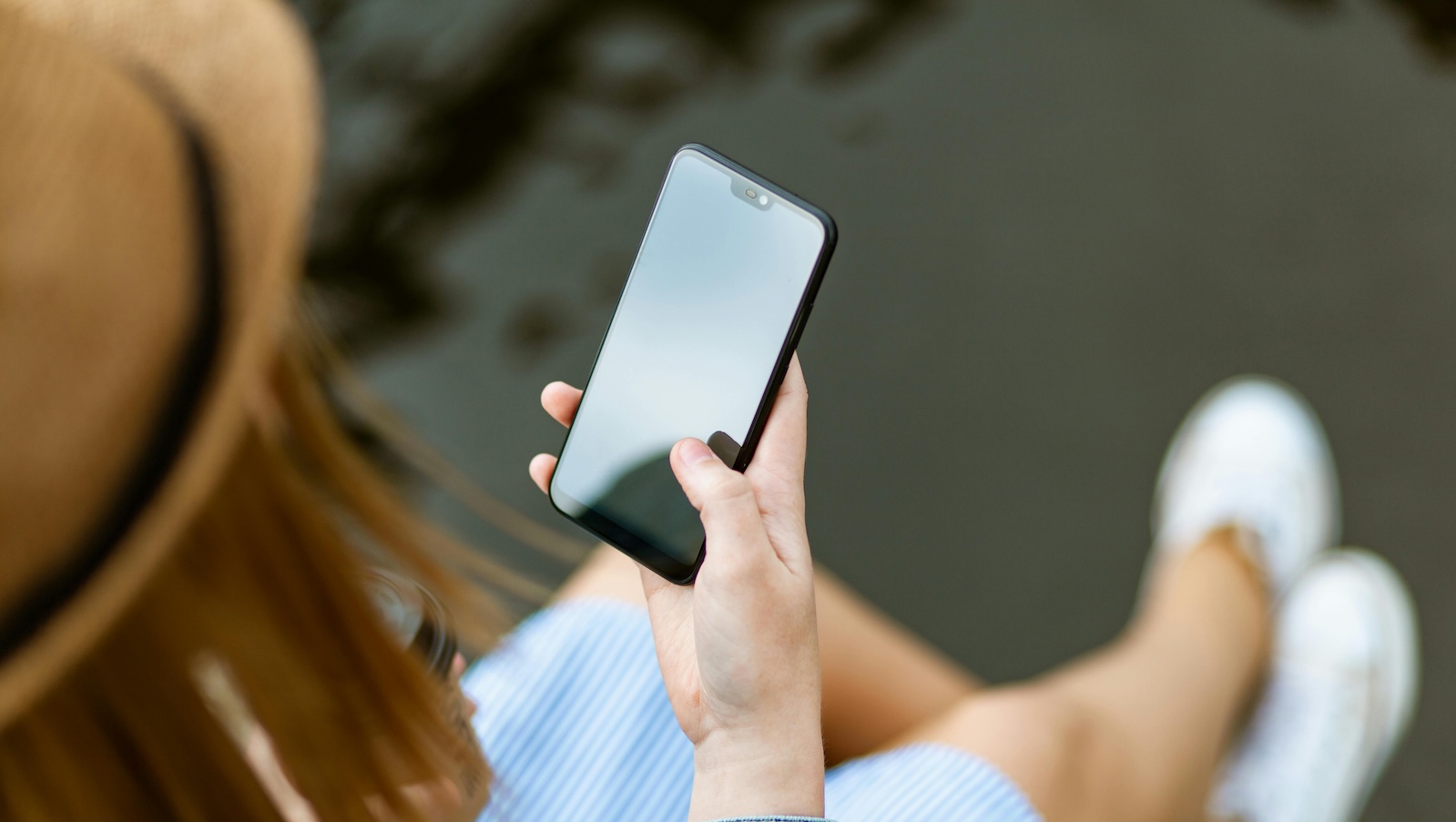As classes start this fall, parents across the country are surprised to see some school districts are doubling down on their cellphone policies. Similarly, other organizations that serve youth—such as camps, houses of worship and recreation programs—also are implementing stricter cellphone bans in an attempt to help young people focus.
While insurance agents and brokers shouldn't be involved in making these kinds of decisions for organizations, they can advise their clients as to potential risks inherent in a blanket cellphone ban. Certain issues might pose a challenge.
Phone damage
Schools and other organizations have become creative in how they keep kids away from their phones, from designated storage areas such as classroom caddies to requiring phones be kept in their lockers.
Damaging or losing phones is a very tangible risk—and a policy gap—when organizations elect to take them away from the students for a short time. A new smartphone can cost anywhere from $500-$1,200. Multiply that by dozens of students' phones lost or damaged in a given month, and it can be a budget breaker.
Of course, not all phone storage methods are equal. Asking students to dump their phones in a common caddy at the beginning of class or an event can easily lead to cracked screens, spills and students accidentally taking home the wrong phone. One potential way to manage that risk is to designate a specific, numbered spot for each teen's phone.
Medical situations
Young people who have diabetes or other chronic health conditions may use their phones to monitor their blood sugar levels, food intake or other important information. If an organization attempts to take their phone away from them, it could not only cause a potential health emergency but also could lead to a costly lawsuit because of negligence.
Any policy banning cellphones must make an exception for medical situations. Otherwise, the organization may be exposed to major liability if an incident occurs.
Emergencies
One nuanced risk area—especially in schools—is how cellphone access plays out during emergencies. On the one hand, having a cellphone can be incredibly helpful. Teens may use their devices to report an incident, contact emergency services or communicate with loved ones. In some cases, student cellphone calls during active shooter situations have made the difference between life and death.
However, cellphones can also be harmful in emergency scenarios. Widespread use during a crisis may:
- Spread misinformation and panic, especially through social media.
- Jam cellphone towers, potentially disrupting communication for emergency responders.
- Accelerate the arrival of parents and community members, which can complicate evacuation or lockdown procedures.
Organizations must weigh these risks carefully. A well-crafted policy should strike a balance, ensuring teens can access their phones when truly needed, while minimizing the potential for unintended consequences.
The DONUT approach
Risk management of a cellphone ban all ties back to policy. If an organization wants to safeguard itself against potential insurance claims or complaints, it should work with its attorney to develop a solid policy to back it up.
It can be helpful to use the acronym DONUT as a guiding principle:
- D – Development – The first step in developing a clear policy is taking the time to include all stakeholders who will be affected. It's important to frame the potential new policy in a positive way, showing how it can ultimately increase test scores and decrease bullying.
- O – Opportunity – Organizations need to give all people an opportunity to offer input into the intricacies of the policy. This includes both the people who will be enforcing the ban (such as staff members or volunteer leaders) and the teenagers themselves.
- N – Notice – It's always a good idea to give the young people of an organization proper notice about a cellphone ban—through a medium they actually use. In other words, group texts and social media posts are more likely to get through to their intended audience than paper letters and emails.
- U – Uniformity – The teens of an organization shouldn't be the only ones whose cellphone use is limited. How would it look, for example, if a camp forbade cellphones, but the camp counselors were always on their phones. Adults should be setting a good example by putting away their devices, as well.
- T – Timeliness – Once the cellphone ban goes into effect, enforcement should be consistent and timely. Staff members need to implement consequences at the time of the infraction—not a day or two later.
Depending on an organization's previous rules regarding cellphones, making changes could trigger some culture shock. Therefore, it may be best to try a phased approach. For example, rather than requiring all youth to set their phones aside at the start of an activity, class or camp, organizations may instead ask that they keep the phones on "silent." They're more likely to get buy-in if they ask for small changes at the beginning.
While cellphones can create risk surrounding teenagers, so, too, can cellphone policies. That's why it's important that organizations perform enough research ahead of time to anticipate potential problems.






